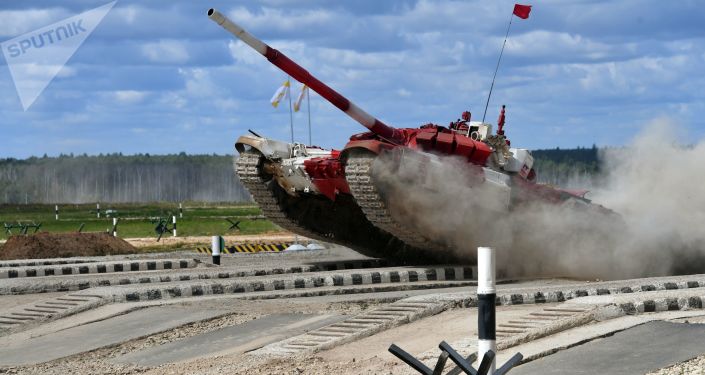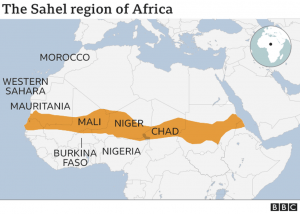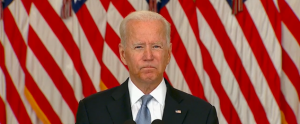
RT: Advanced weapon systems and lack of necessity for bases in foreign nations are key factors that will allow the Russian military to defend the nation, despite receiving far less funding than their US counterparts, Putin said.
On Friday, Russian President Vladimir Putin chaired a meeting of top defense ministry officials at the new Strategic Missile Academy east of Moscow. The facility is where future officers responsible for the Russian nuclear arsenal will train. It boasts comfortable lecture halls, cutting-edge engineering labs, a state-of-art sports section, and an impressive array of nuclear-tipped missile models on display, complete with dramatic lighting. One model, a UR-100, even appears to be taking off in front of the main building.
The site chosen for the meeting, in which the results of 2017 and plans for the future were discussed, was apparently symbolic. Vladimir Putin used the occasion to lay out his vision for the Russian military – a small, agile, well-armed, professional force that can take on the much better-funded NATO thanks to technological superiority.
“Russia must be among the leaders – and in some areas the absolute leader – in creating an army of the new generation, an army of a new technological paradigm. This is an issue of highest priority for ensuring our sovereignty, peace and safety of our citizens, a stable development of the country, pursuing an open and independent foreign policy that is based on the interests of our country,” he told the generals.
He compared Russia’s defense spending, which will be about $80 billion in 2018, or roughly 2.85 percent of expected GDP according to government estimates, to America’s $700+ billion funding, and said the obvious disparity can only be addressed if Russia uses brains to defend itself.
“We have to be smart. We will not rely solely on ‘military muscle,’ and we will not be drawn into an economically depleting, senseless arms race,” he said. “We don’t’ need an endless number of bases throughout the world and will not play world gendarme.”
The term ‘technological paradigm’ is drawn from a theory that states that the way a society organizes itself is based on certain key technologies. According to the theory, the current fifth paradigm, which has come to life thanks to microelectronics and digital advances, is in the process of being replaced by a new paradigm, although which technologies would shape it is yet to be seen. Bioengineering, artificial intelligence, and nano-scale manufacturing techniques are among the candidates.
Considering Putin’s fondness for artificial intelligence, which, he previously said, will give a decisive edge to countries perfecting the technology, one can safely assume that AI would have a prominent role in the future of the Russian military, experts tell RT. In fact, some such algorithms are already used for military purposes.
For example, the new Russian military command center, which was inaugurated over three years ago, “already has many elements that could be called AI-related,” military expert Aleksey Leonkov said. Self-teaching algorithms are used to analyze and summarize the massive amount of data the center receives from multiple military and civilian sources, from base commander reports and satellite images to national statistics. This computer-assisted approach can dramatically boost logistics efficiency.
“The logistic part of the operation in Syria was about providing and transporting a large number of cargos in an optimal way, economically speaking. The data streams detailing ammo use and movement of ships were processed by AI algorithms,” Leonkov said.
The issue of economy is often essential for the military. For example, drone swarms may become a problem not because they are difficult to shoot down, but because doing so with expensive surface-to-air missiles is not economically feasible, compared to shooting down multimillion-dollar warplanes.
“That is why defense producers are working on adequate responses to this threat, which would use cheap laser beams or microwaves. Military lasers are first of all meant to blind optic sensors of aircraft or guided missiles,” he said.
Another area well-suited for AI is automatic threat recognition. “It was tested first for simpler data like air and satellite images and is now being implemented for radar stations. Recognizing among thousands of objects those which pose a threat is the job that an AI is good at, given the correct criteria,” Leonkov said. Application may come down to individual systems, he added. An air defense system may use AI to sort out targets and choose which to engage first, which can wait, and which are decoys.
Leonkov said that the current level of technology would not for some time allow for fully computerized robotic systems to be made that are better than their manned counterparts. Even a good autonomous tank would be defeated in real combat by an experienced crew. But a crew advised by an AI algorithm to better see the combat environment would have an advantage, he said.
Even remotely-controlled robotic vehicles like reconnaissance and strike drones extensively used by the US on the battlefield can and have been hacked by proficient parties, including Iran and Russia, which demonstrates their vulnerability compared to manned aircraft.
This factor is considered by military strategists when they decide how much control over weapon systems they are willing to relinquish to computers.
The Russian military can expect other advanced weapons systems in years to come, including hypersonic warheads, retired Lt. Gen. Evgeny Buzhinsky told RT. “We already have this technology. We have tested the Tsirkon missile, which carries hypersonic warheads, and the question now is when the defense ministry approves it and contracts such missiles in series.”
The gap Russia has with the US, Israel, or China regarding UAVs is likely to be closed soon, he said. “We have closed the gap in terms of reconnaissance drones, but still lag behind with strike drones. But considering the priority and funding currently given to drone systems, I believe we will close it within five to ten years,” he said.




